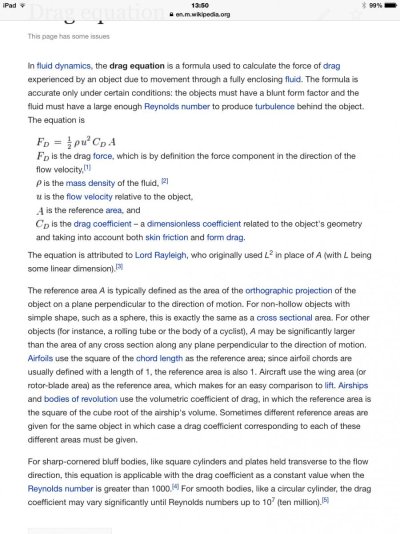Scary
Guru
A boat is anchored across the flow of current, right angle to the current flow bow and stern. For this example the boat is square to the flow and not on an angle. How much water force is exerted on the anchors in 1 knt of current , and what would that be at 2 knts. In the case of my boat, it displaces 66,000lb and has about 220 sqft of exposed hull side.




